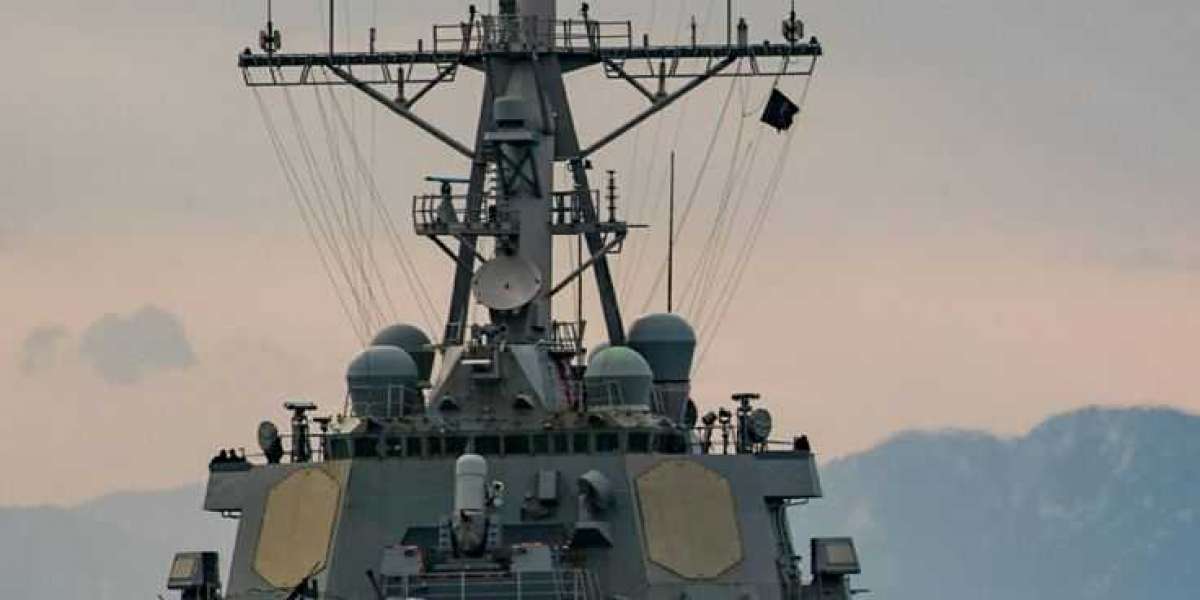When history reflects on the gravest breaches of trust in military institutions, the Fat Leonard Scandal case study will undoubtedly stand out. This scandal, which unfolded over years, shook the U.S. Navy to its core and raised questions about oversight, ethics, and accountability at the highest levels. It wasn’t just about financial corruption it was about how personal gain could compromise national security and erode the values of one of the world’s most powerful naval forces.
The Scandal Unfolds
At the center of this controversy was Leonard Glenn Francis, widely known as “Fat Leonard” due to his imposing presence. A Malaysian defense contractor, Francis built a powerful empire around his company, Glenn Defense Marine Asia (GDMA), which supplied logistical support to Navy ships throughout Asia.
What appeared on the surface to be a business partnership soon revealed itself as a web of corruption. Francis secured contracts and favorable treatment by offering bribes in the form of lavish parties, luxury goods, cash, and even escorts to high-ranking naval officers. In return, these officers leaked sensitive operational information and steered lucrative contracts toward GDMA, costing the U.S. government millions of dollars.
The Fat Leonard Scandal case study is not just about one corrupt businessman—it highlights how vulnerabilities in oversight systems can allow such schemes to thrive for years without detection.
Scope of Corruption
The extent of the scandal is staggering. More than 440 personnel came under scrutiny, including dozens of admirals and senior officers. For an institution that prides itself on discipline and honor, the revelations were devastating.
GDMA exploited its grip on the Navy by overcharging for fuel, port services, and supplies. Fraudulent invoices, inflated costs, and unauthorized payments became routine. What was more troubling was that officers who should have acted as watchdogs were instead enablers, blinded by personal benefits.
This case study shows how corruption can penetrate not just procurement systems but also moral judgment, compromising the very security of naval missions.
Fallout and Consequences
The Fat Leonard Scandal case study had far-reaching consequences. Many officers faced court-martial, prison sentences, or were forced into early retirement. The U.S. Navy’s credibility suffered greatly, especially in Asia-Pacific regions where GDMA operated extensively.
For Leonard Francis himself, legal battles dragged on for years. Arrested in 2013, he pleaded guilty in 2015 to bribery and fraud charges. Yet, in a dramatic twist, in 2022, while awaiting sentencing, Francis escaped house arrest in San Diego—only to be recaptured weeks later in Venezuela. His escape reminded the world that this case was far from over and underscored how elusive accountability can be in high-profile corruption cases.
Lessons from the Case Study
The Fat Leonard Scandal case study offers critical lessons not just for the U.S. Navy, but for military and corporate institutions worldwide:
Strengthening Oversight Mechanisms – Oversight must be independent and empowered to challenge decisions at every level. Weak checks and balances created the perfect environment for GDMA’s fraud to thrive.
Promoting Ethical Leadership – Ethical lapses at the top trickle down the chain of command. The scandal illustrates how a few compromised leaders can influence an entire system.
Whistleblower Protection – Those who attempted to expose GDMA’s corruption often faced retaliation. Encouraging and protecting whistleblowers is essential for rooting out systemic fraud.
Transparency in Procurement – The case reveals the need for stricter transparency in military contracts, ensuring no contractor becomes indispensable to operations.
Restoring Trust – The Navy’s long-term challenge remains rebuilding trust—not just within its ranks but with allied nations who rely on its integrity.
Why This Case Still Matters
The Fat Leonard Scandal case study remains relevant today because it reflects the broader risks of corruption in global defense systems. Military power is built on more than just weapons and fleets—it’s also built on trust, accountability, and ethics. When those values are compromised, national security itself is endangered.
This case also shows how corruption is rarely a one-man job; it thrives in ecosystems where oversight is weak and personal gain overshadows duty. For students of history, governance, or security studies, the Fat Leonard scandal provides a cautionary tale that corruption is as much a threat as any external enemy.
Conclusion
The Fat Leonard Scandal case study is a sobering reminder of what happens when personal greed outweighs national duty. For the U.S. Navy, the scandal was not just an embarrassment but a wake-up call to strengthen its systems and uphold the principles it stands for.
As institutions worldwide look to prevent similar breaches, the lessons from this scandal highlight that transparency, ethical leadership, and accountability must remain non-negotiable pillars. Ultimately, the scandal teaches us that the true measure of strength in any defense system lies not just in its firepower but in the integrity of the people who lead it.








